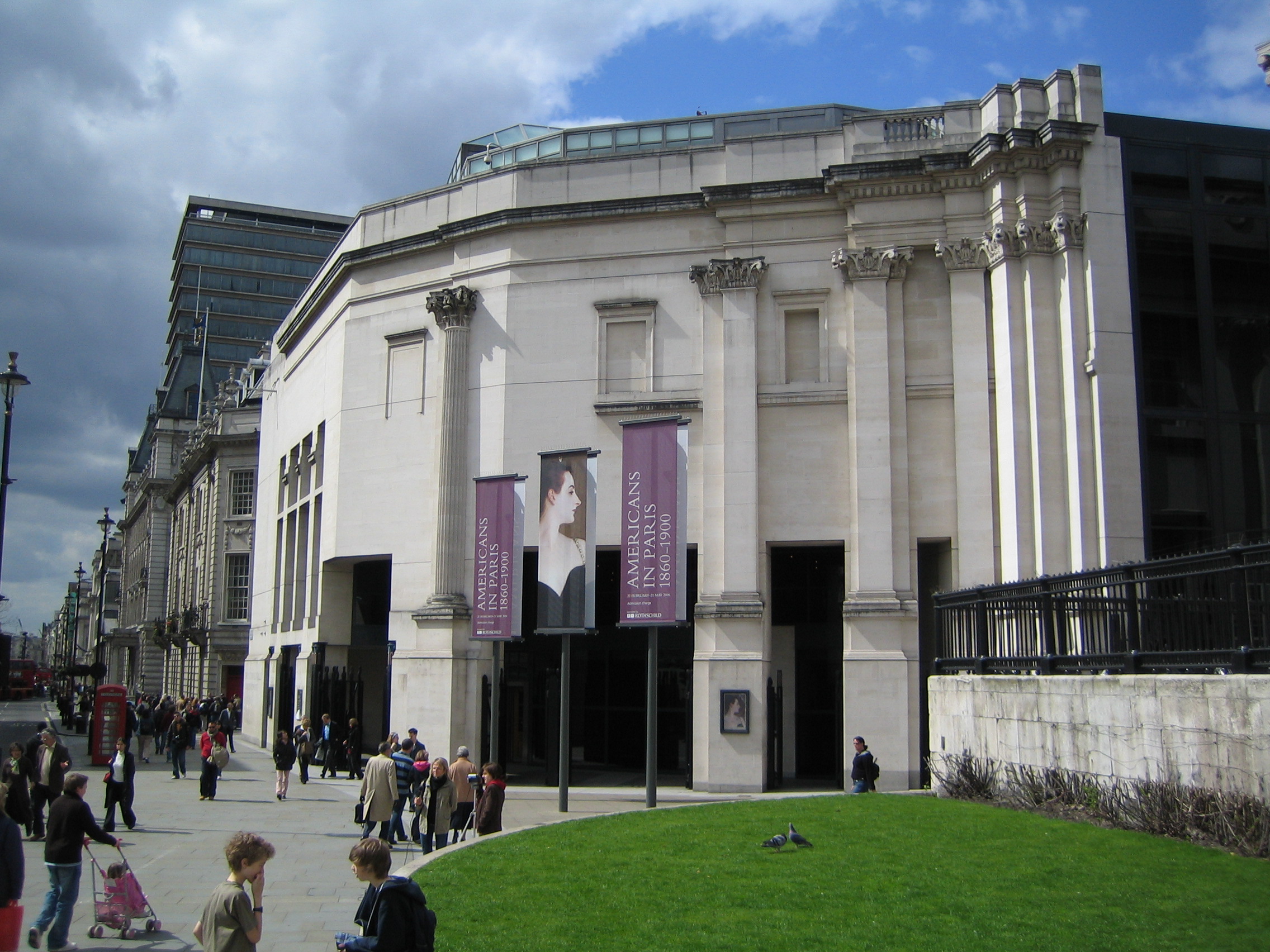Denise Scott Brown, Hon. FAIA, and Robert Venturi, FAIA, were announced the winners of the 2016 AIA Gold Medal Award.
The award, voted on by the AIA’s Board of Directors, is the highest award the association can offer to an architect, and it “acknowledges a significant body of work that has had a lasting influence on the theory and practice of architecture,” according to a statement.
Scott Brown and Venturi, a team that has been married since 1967, have influenced up-and-coming architects over the years through their built work and writings.
Some notable projects that their firm, VSBA Architects and Planners, have worked on are the Museum of Contemporary Art in San Diego, the The Sainsbury Wing of the National Gallery in London, the Provincial Capital Building in Toulouse, France, the Seattle Art Museum, and buildings for several universities, including Brown, Ohio State, and Yale.
Venturi wrote the book Complexity and Contradiction in Architecture in 1966, and worked with Scott Brown and architect Steven Izenour on Learning from Las Vegas in 1972. The pair also wrote Architecture as Signs and Systems: for a Mannerist Time in 2004.
“This recognition will resonate with generations of architects,” 2015 AIA President Elizabeth Chu Richter, FAIA, said in a statement. “What Denise and Bob have done for the profession far exceeds the completion of a great building or two. Through a lifetime of inseparable collaboration, they changed the way we look at buildings and cities. Anything that is great in architecture today has been influenced in one way or another by their work."
The duo has won 17 state and local AIA awards and nine national AIA awards. In 1991, Venturi won the Pritzker Architecture Prize but Scott Brown was excluded; they sought to have Scott Brown honored retroactively in 2013. They will receive the 2016 Gold Medal at the AIA convention in Philadelphia in May.
Related Stories
Architects | Nov 18, 2016
A Frank Lloyd Wright building in Montana will soon be demolished, or will it?
The building is one of only three Frank Lloyd Wright-designed buildings in the state.
Architects | Nov 11, 2016
Six finalists selected for London’s Illuminated River competition
The competition is searching for the best design for lighting the bridges of central London.
Healthcare Facilities | Nov 10, 2016
Prescription for success: Managing technology in the design of healthcare facilities
While the benefits of intelligently deployed technology are abundantly clear to both designers and healthcare end-users, it’s no simple task to manage the integration of technology into a building program.
Industry Research | Nov 4, 2016
New survey exposes achievement gap between men and women designers
Female architects still feel disadvantaged when it comes to career advancement.
Architects | Nov 2, 2016
NCARB launches ARE 5.0
The newest version of the exam required for an architecture license, ARE 5.0, launched on Nov. 1.
Architects | Oct 24, 2016
Winners of the 2016 AAP American Architecture Prize announced
The AAP recognizes the most outstanding architecture worldwide across three disciplines: architecture, interior design, and landscape architecture.
Architects | Oct 21, 2016
A process of analysis and synthesis gives architects and designers the information they need to create
Sometimes people look only for the simple answer and don’t understand that there is a calculated process to get there, writes HDR’s Lynn Mignola.
Architects | Oct 21, 2016
The AIA Innovation Award Recipients have been selected
The program honors projects that highlight collaboration between design and construction teams to create better process efficiencies and overall costs savings.
Architects | Oct 21, 2016
NASA Orbit Pavilion to debut at The Huntington Library at the end of October
The pavilion uses sound to represent the movement of the International Space Station and 19 earth satellites.
Higher Education | Oct 20, 2016
Designing innovative campuses for tomorrow's students
Planning for places that foster effective innovation is still an emerging process, but the constant pressure on universities to do so continues from two of their key institutional constituencies—students and employers, writes Perkins+Will's Ken Higa and Josh Vel.
















